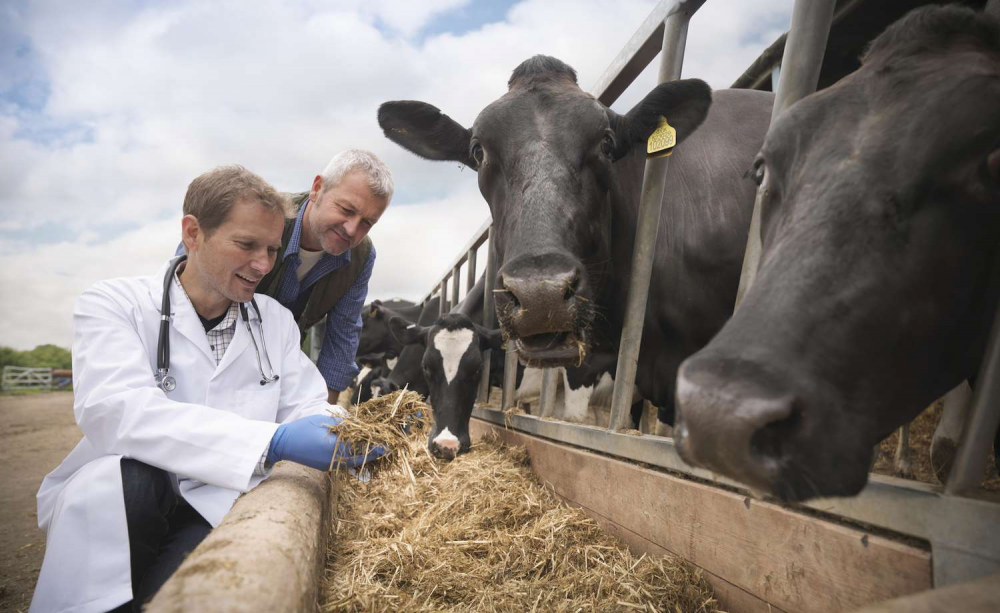In competitive markets, the selection of the most appropriate veterinary pharmaceutical manufacturer has an impact on the success of operations, corporate image, and the quality of products. There are too many opportunities, so firms need a systematic assessment model that would help to distinguish between able manufacturers and unacceptable ones. A thorough assessment process will ensure that the rules are met, and investments are secured and the foundation of profitable partnerships. Being aware of what to consider in assessing a veterinary medicine company will save you the cost of making costly mistakes and get partners with whom you share common values of quality and business objectives as well as expansion ambitions.
1. Certification Portfolio and Accreditation Status
Analyze the manufacturer’s entire certification collection, which includes industry-specific accreditations, worldwide quality standards, along with national regulatory certifications. Valid certifications show adherence to defined procedures and the accomplishment of audits by impartial agencies. Check expiration dates, scope coverage and issuing bodies to provide legitimacy and relevancy. Manufacturers continuing with their certifications also update on a regular basis their investments in both quality control and compliance infrastructure. Request copies of certifications to ensure authenticity in addition to thoroughness, and, where possible, to compare them to regulatory databases.
2. Equipment Sophistication and Technology Integration
Assess technological potential, service, and modernism of the industrial equipment influencing the production efficiency and the quality of products. A combination of complex equipment ensures the compliance of the manufacturing processes, the correct formulation control, and the precision of dosage, as well as prevents contamination. Note the level of automation, tools of analysis, and quality test equipment on facility tours. Well-maintained equipment is a sign of operational discipline and adherence to high production standards. The risk of production limits and uneven quality is increased by old fashioned or poorly serviced equipment, and this may affect your product needs and supply availability.
3. Batch Documentation and Traceability Systems
Examine their lot tracking systems, batch record management, and documentation procedures to guarantee full product traceability. Thorough documentation makes it possible to promptly detect any differences in quality, enable efficient recalls when needed, and show responsibility throughout the production process. To assess detail levels, signature protocols, and deviation handling techniques, request sample batch records. Robust documentation systems give assurance during regulatory inspections and reflect professional operations. Inadequate documentation reveals structural flaws that put all partners who depend on their manufacturing services at risk.
4. Quality Control Laboratory Capabilities
Examine their internal testing facilities, analytical techniques, and quality control procedures that confirm product requirements prior to release. When compared to outsourced testing agreements, independent laboratory capabilities provide impartial quality verification and quicker turnaround times. Analyze their testing scope, which includes stability studies, in-process inspections, and raw material analysis, along with finished product evaluation. A strong dedication to quality assurance is shown by trained staff, calibrated equipment, and approved testing procedures. Manufacturers who lack strong internal testing capabilities may produce inconsistent goods that undermine your brand’s reputation.
Conclusion
The results of manufacturer selection in veterinary pharmaceutical procurement are greatly enhanced by systematic review using these checkpoints. Operational integrity and collaboration possibilities are revealed through a thorough evaluation of certifications, equipment standards, documentation procedures, testing capabilities, and client relationships. Set aside enough time for a thorough assessment that includes facility inspections, reference checks, in addition to documentation reviews. The ideal veterinary medicine franchise creates the groundwork for successful commercial collaborations by combining technological know-how, regulatory compliance, and quality commitment, as well as demonstrated relationship success.
